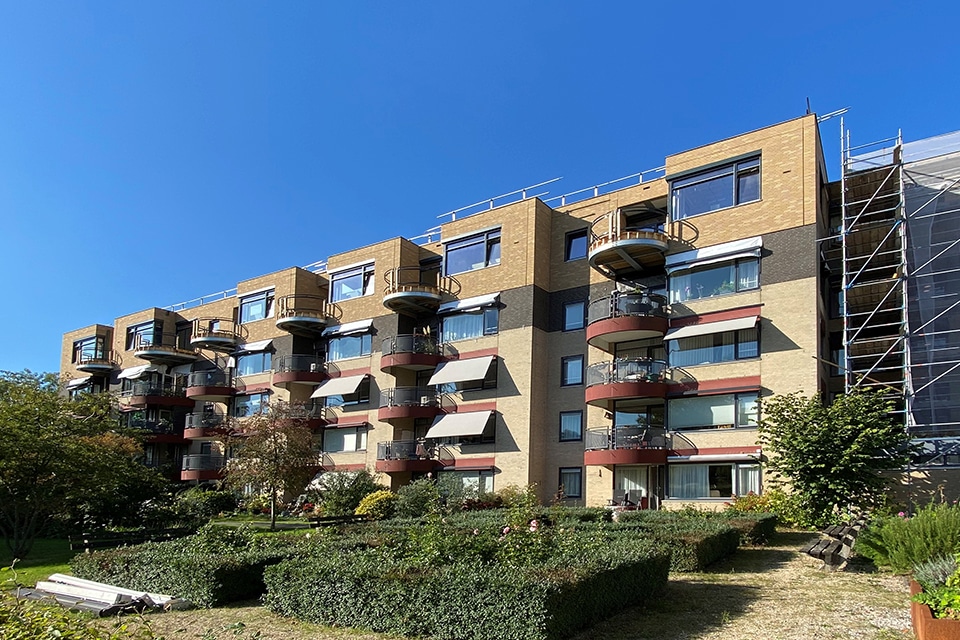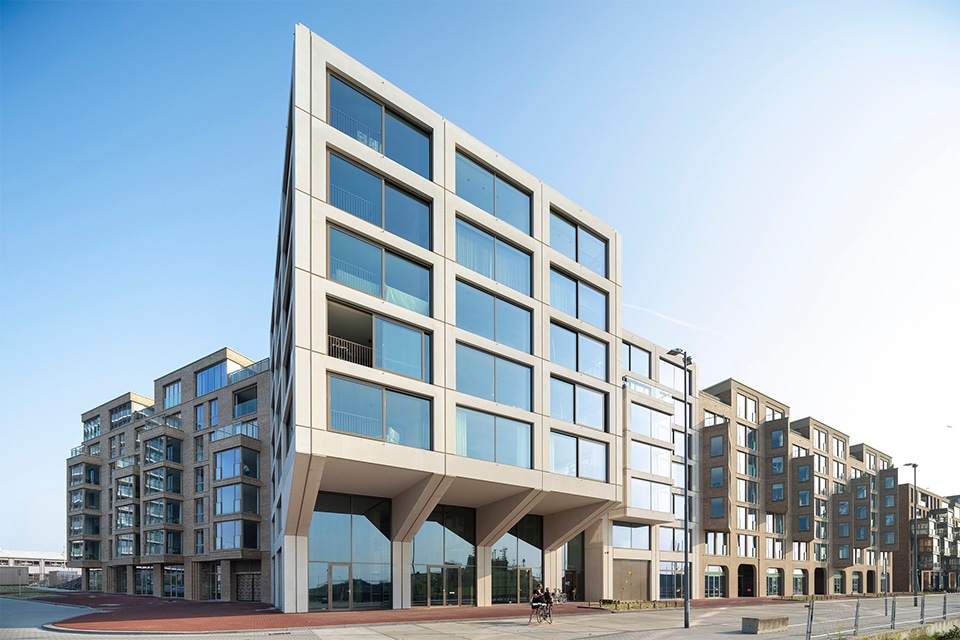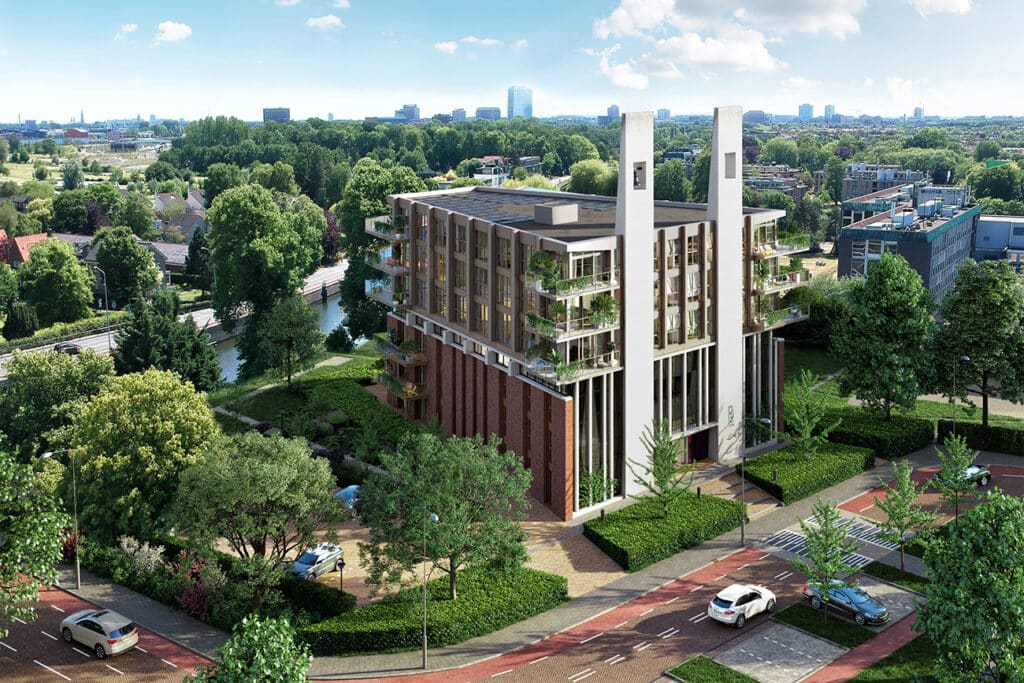
A monumental church gets a modern second life
Living in a church, you can hardly imagine it. In Voorburg, this dream has become reality. Developer Wibaut took up the challenge together with construction group Horsman & co. "Transforming a church into housing is a unique opportunity," says Ernest van der Meijde, director of Wibaut. John Moors, commercial director at contractor Horsman & co and Eric De Winter, project manager of the project at Wibaut, complement: "Truly a unique project that has brought us the necessary challenges."
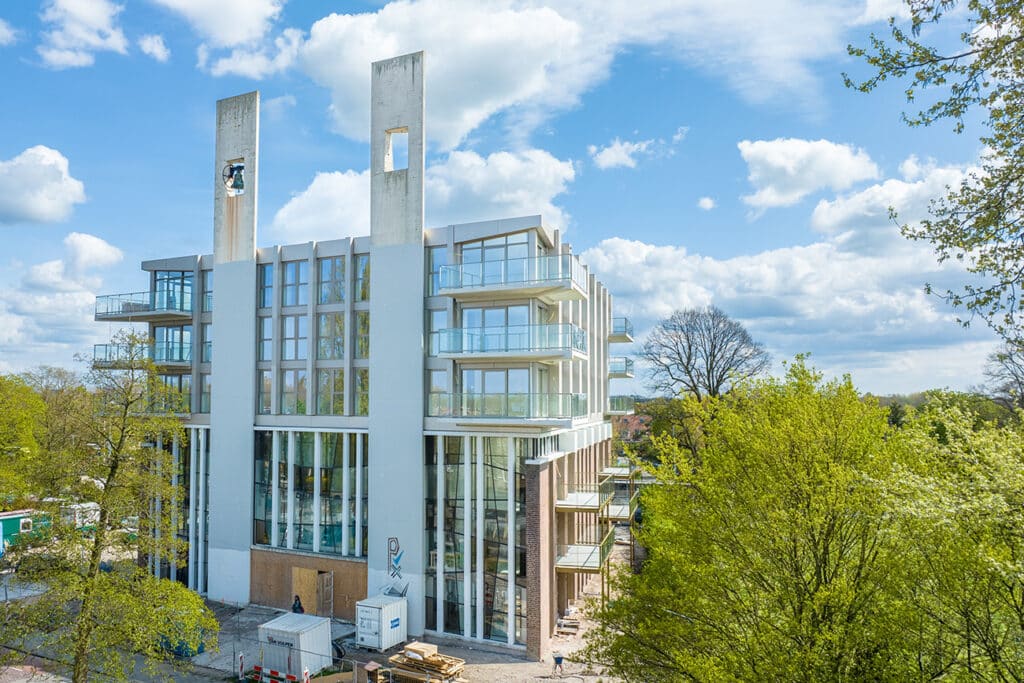
The Fonteinkerk in Voorburg has not been used by its former owner, the Protestant Congregation Voorburg, since 2014. When the congregation announced it was divesting two of the existing five churches, Van der Meijde saw an opportunity. "We were willing to take on the purchase fairly quickly, but needed some time to work out the plans," he said.
The municipality quickly agreed to the plans, after which a participation process with the neighborhood began. "We presented our plans to the neighborhood, which was quite critical of the initial plans," says Van der Meijde. The participation process therefore provided the necessary adjustments. "Thanks in part to that participation from the neighborhood, we came up with the new and current plan," says De Winter.
Surprises hidden in listed building
The Fountain Church had been on the nomination list to be named a listed building for some time. Just before the purchase, the building received the title. "So demolition was out of the question, but the municipality was a good partner in this," De Winter says. "The construction was a logistical puzzle though: you want and need to preserve as much of the original building as possible," says Moors. "For example, the monumental facades and the characteristic pylons were preserved."
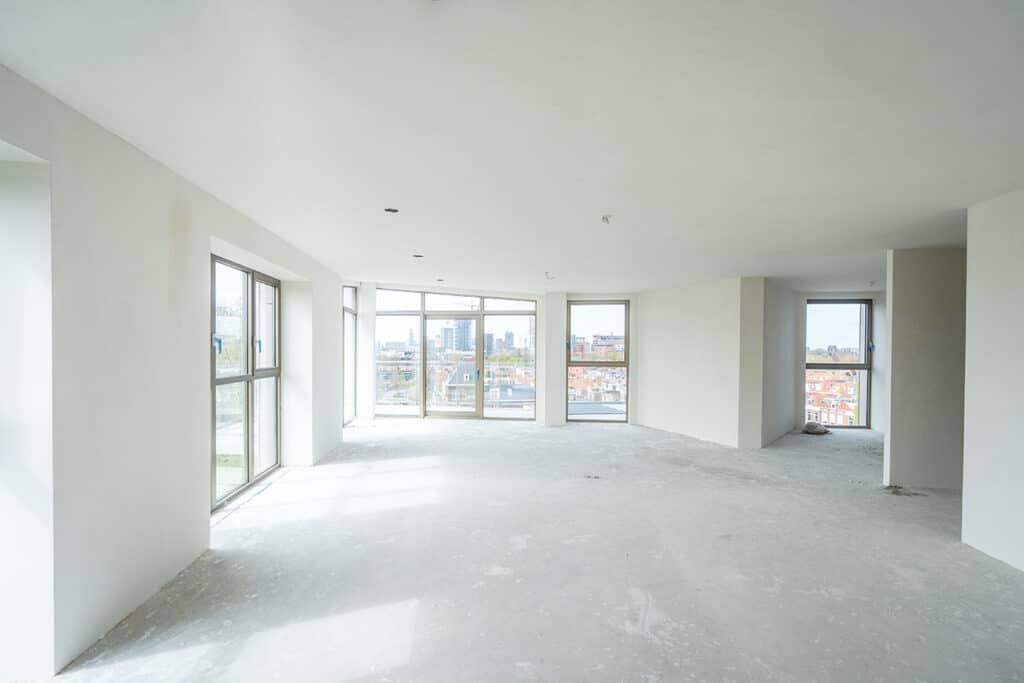
Construction of 19 apartments began in January 2022, including eight in the old church and 11 in three new residential layers to be placed on top of the old church. "It was already a challenge to preserve the skeleton of the old church, let alone build three more layers on top of it," Moors said.
"It was quite an art to build the supporting structure for those floors in the old skeleton, especially when you encounter surprises." De Winter adds: "We had the original building plans from 1957, but still you come across things that were not put on the drawings at the time."
An extraordinary story
Despite the logistical challenges of working on a landmark building, the project was successful and all apartments were sold. "Sales started in the middle of the pandemic. It started off a bit stiffly, but in the end all the apartments were sold in one year," Van der Meijde says. There were no worries about sales: "It remains a special project, living in such a unique building." Moors adds: "Historic and monumental elements such as original mosaics have been brought back on the landing of the various floors. This way you experience part of the atmosphere of the old church."
"It is a fine example of love for the craft, from development to execution," Van der Meijde said. A project to be proud of, it was the result of an exceptional collaboration. "Both for us, for the buyers and for the environment, we have created something beautiful."
- Architect hp architects
- Constructor Scale Engineers
- Contractor Horsman & Co.
- Installations Finch Installation Group
- Construction period January 2022 - July 2023

